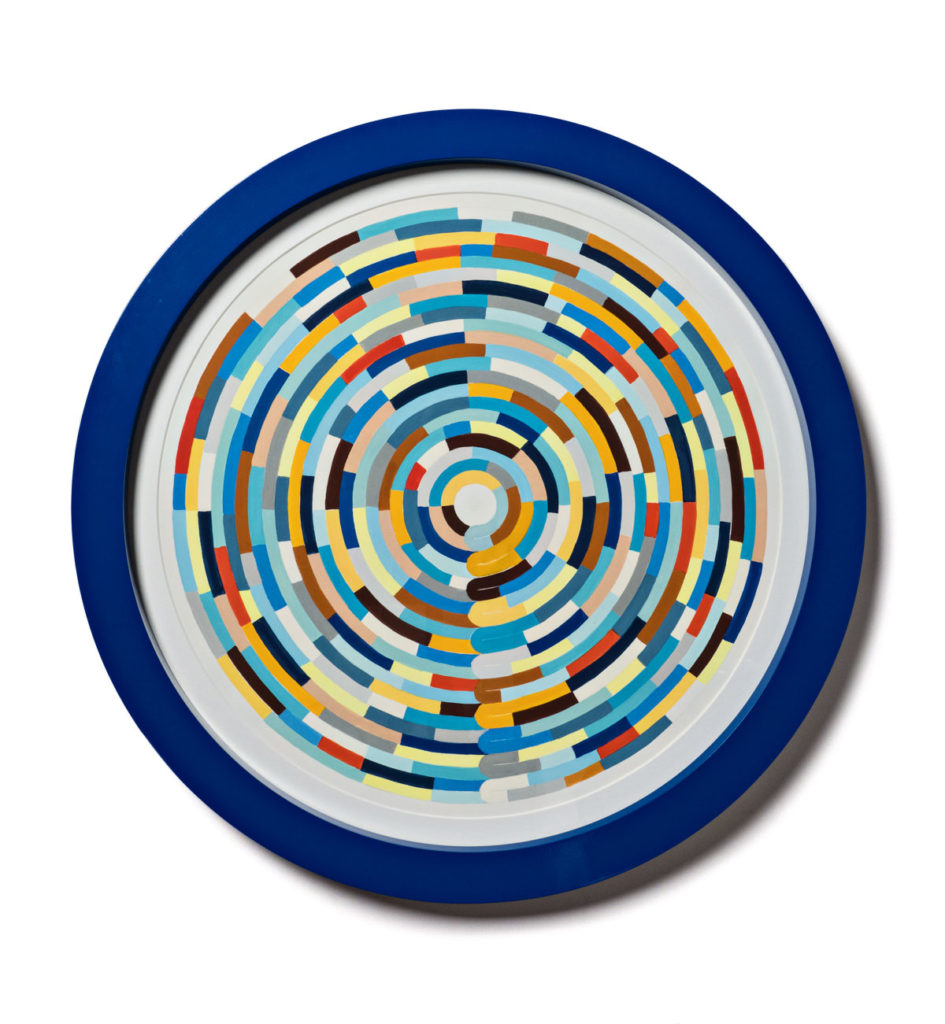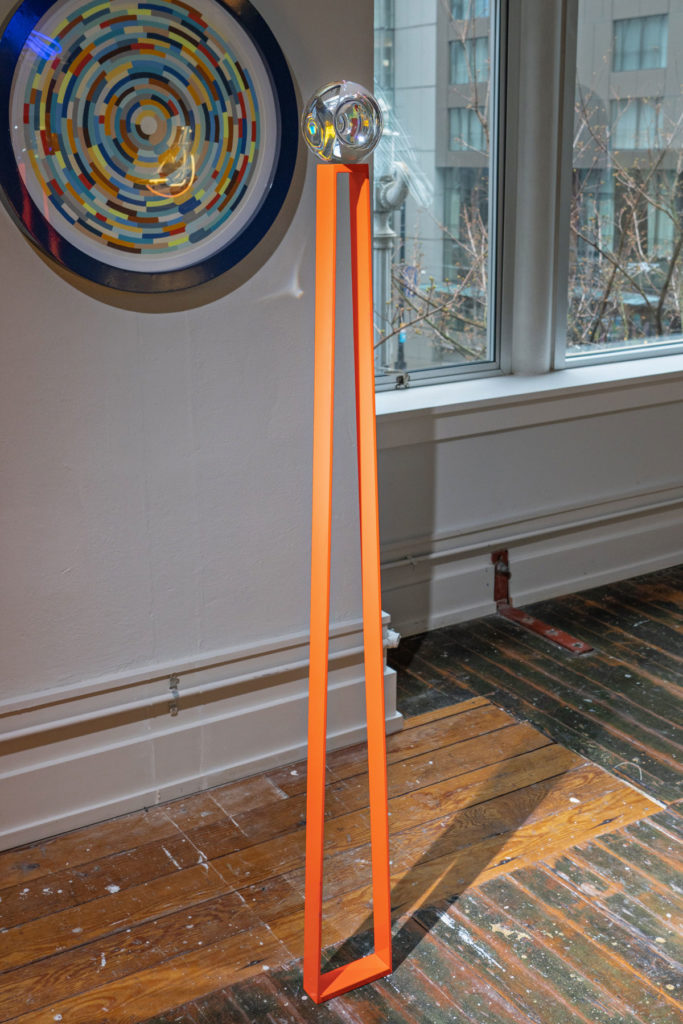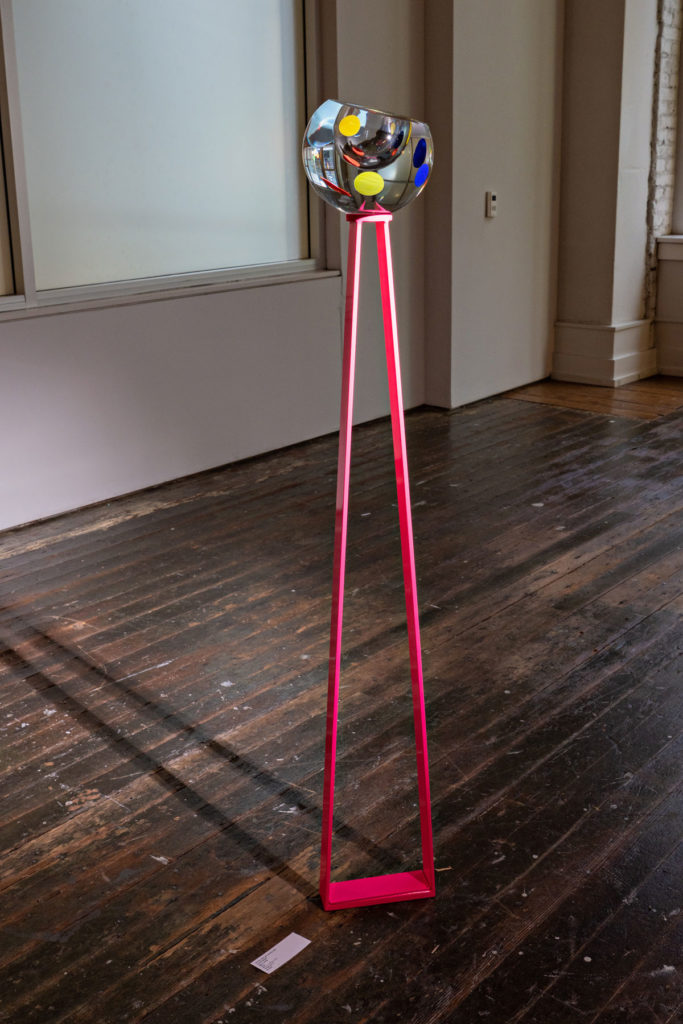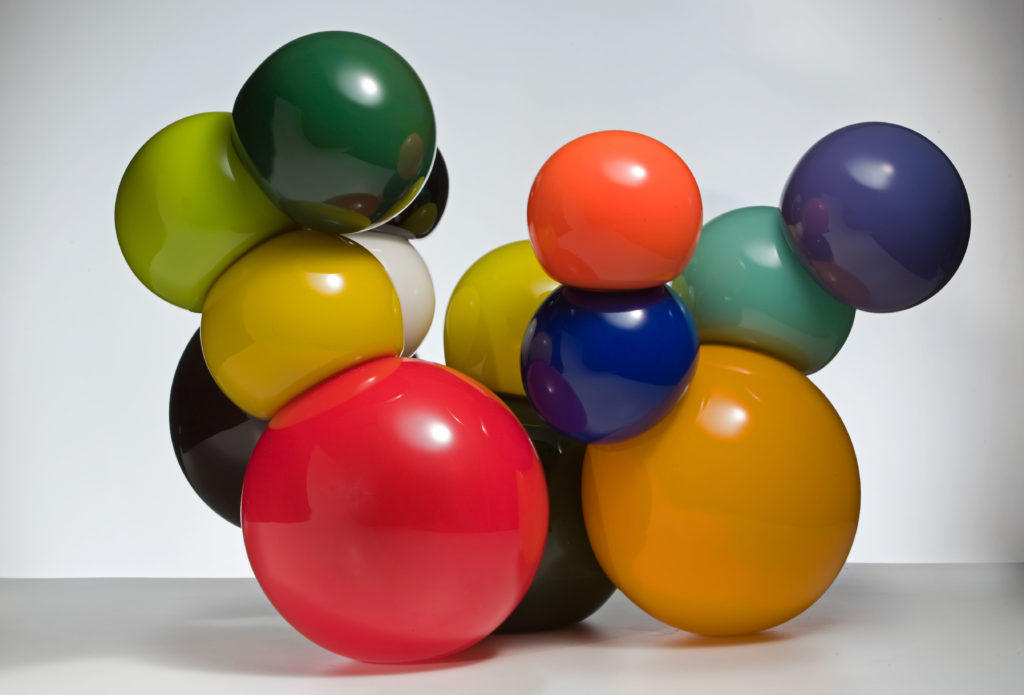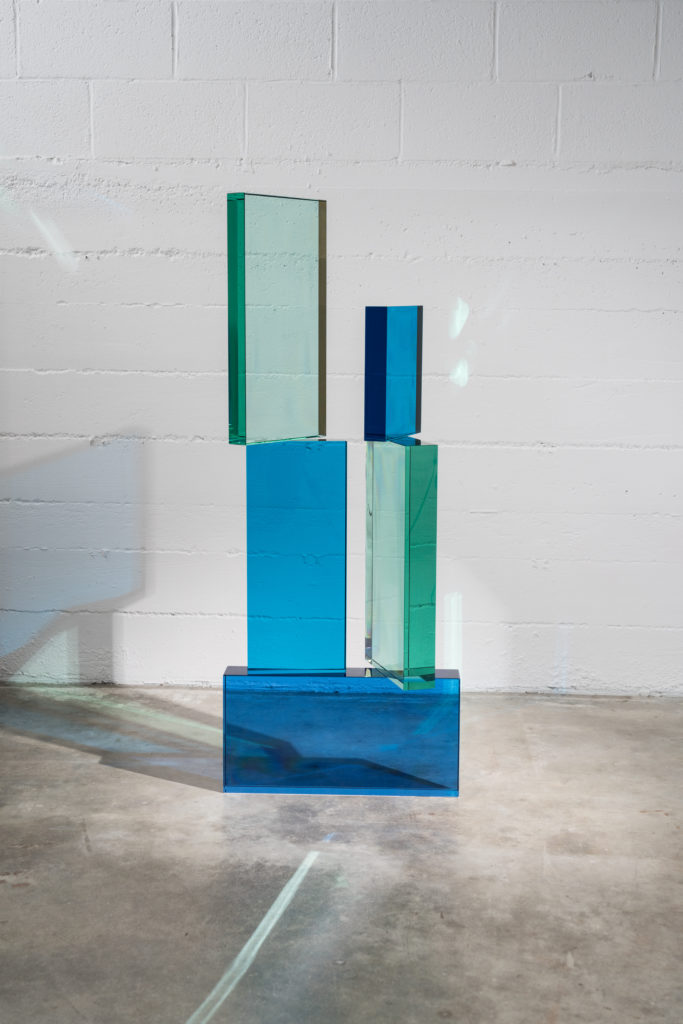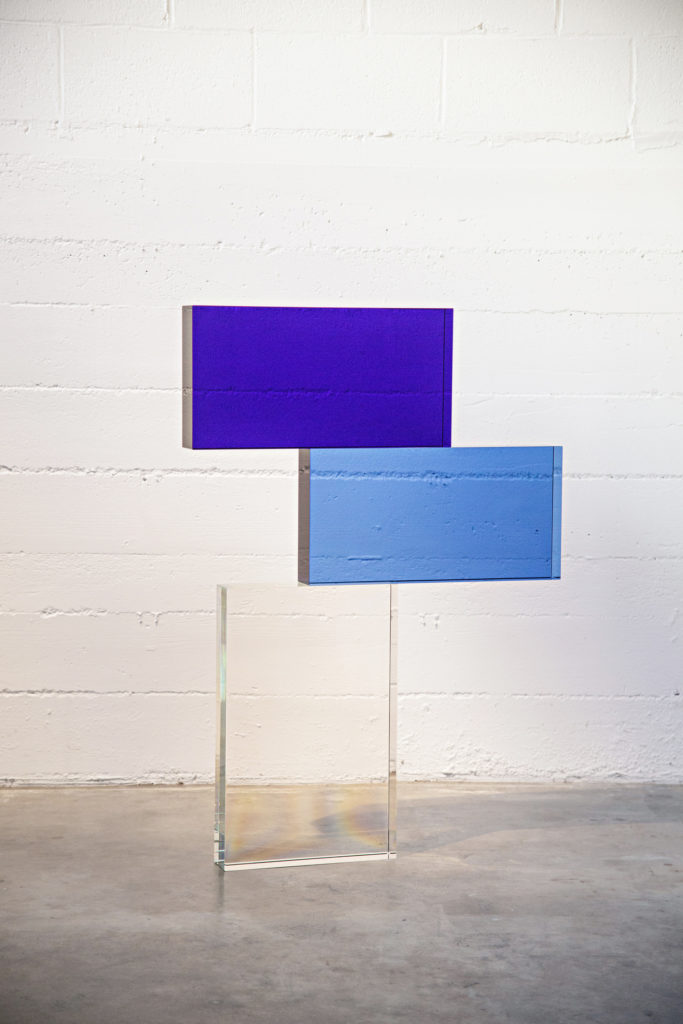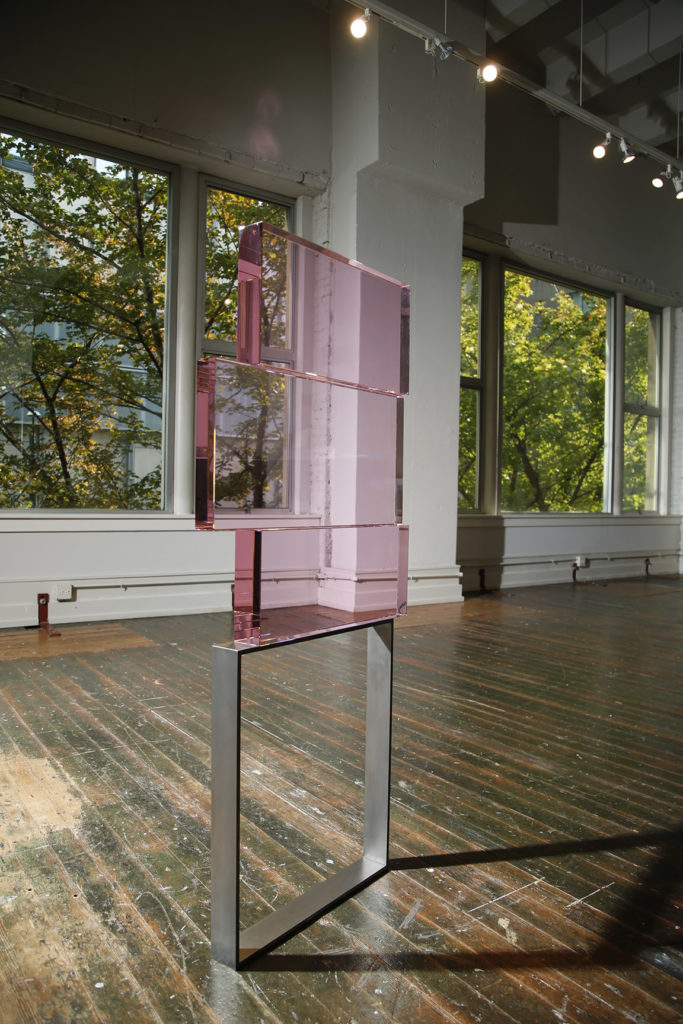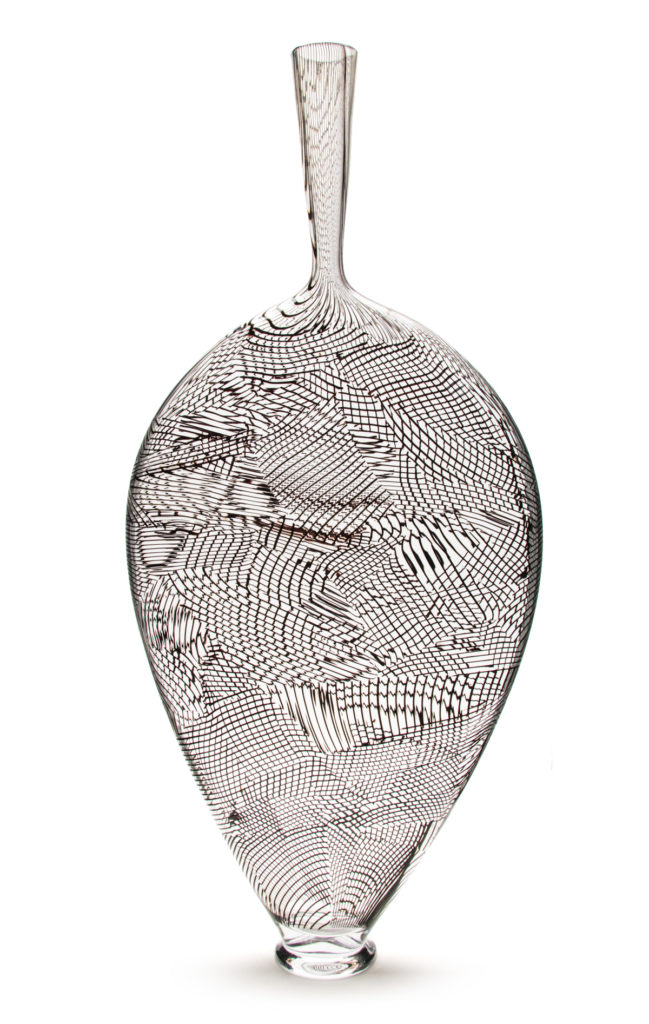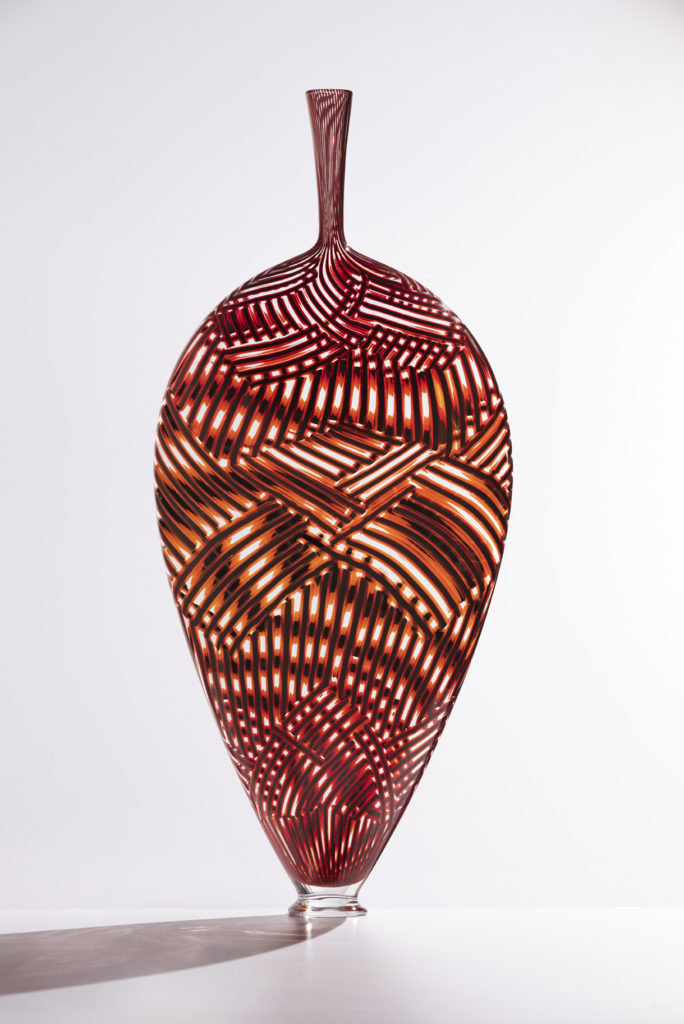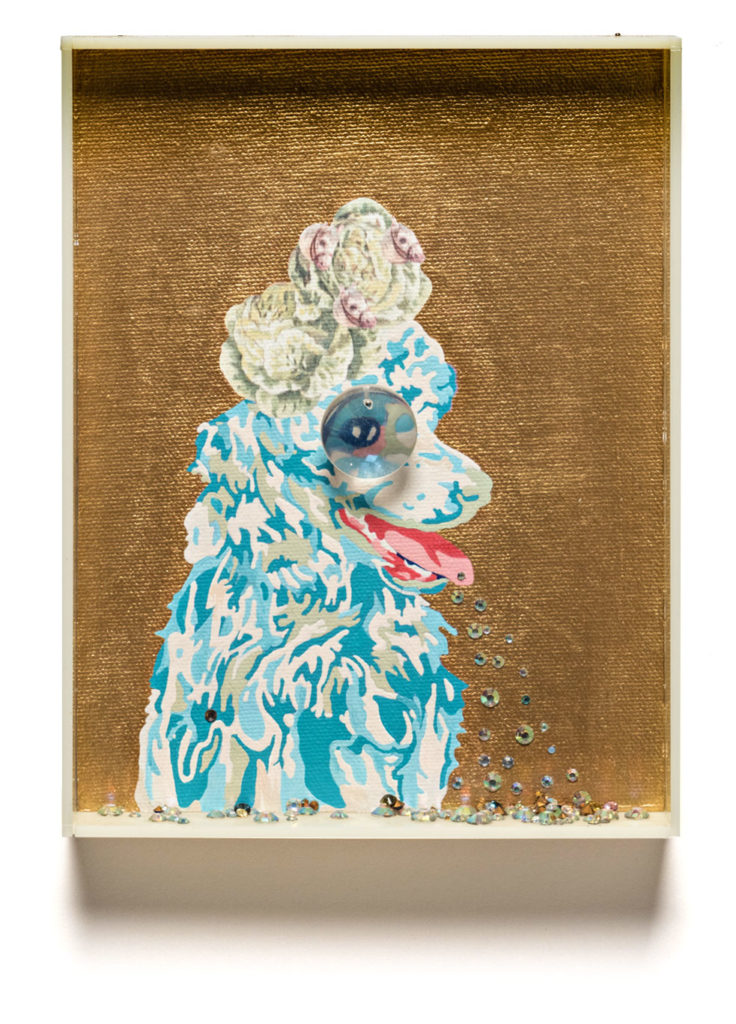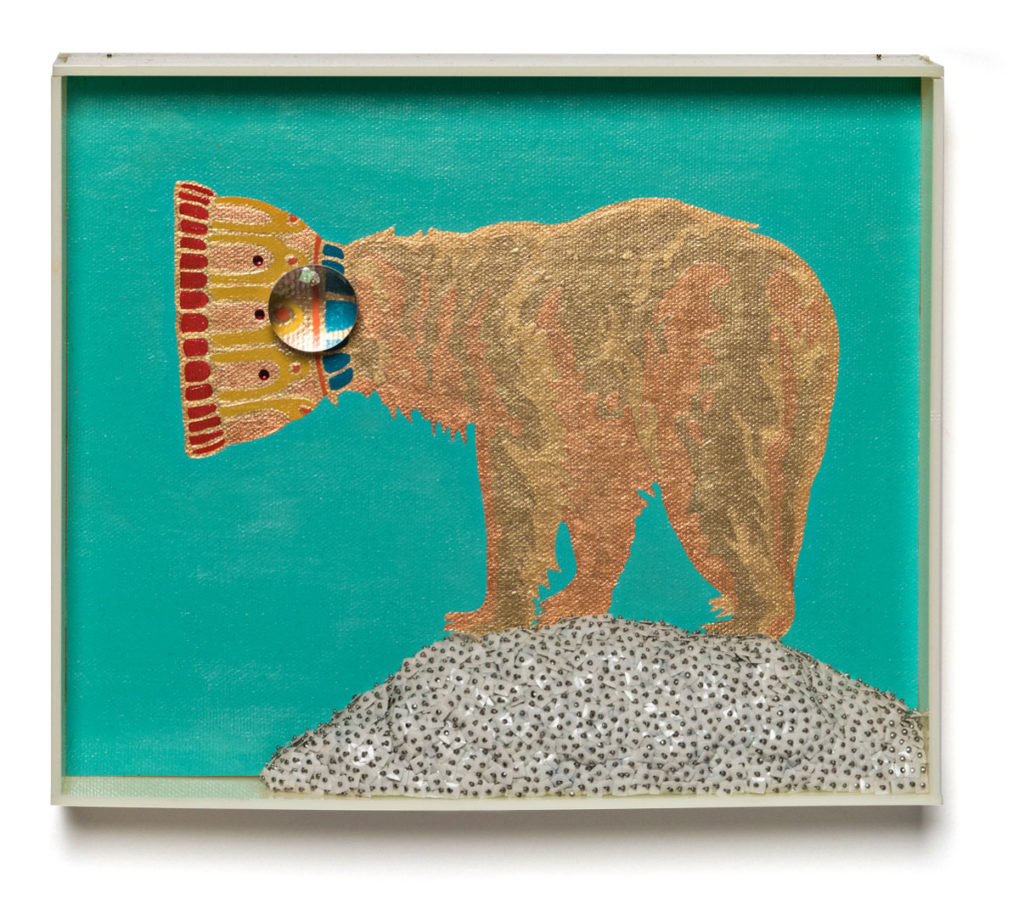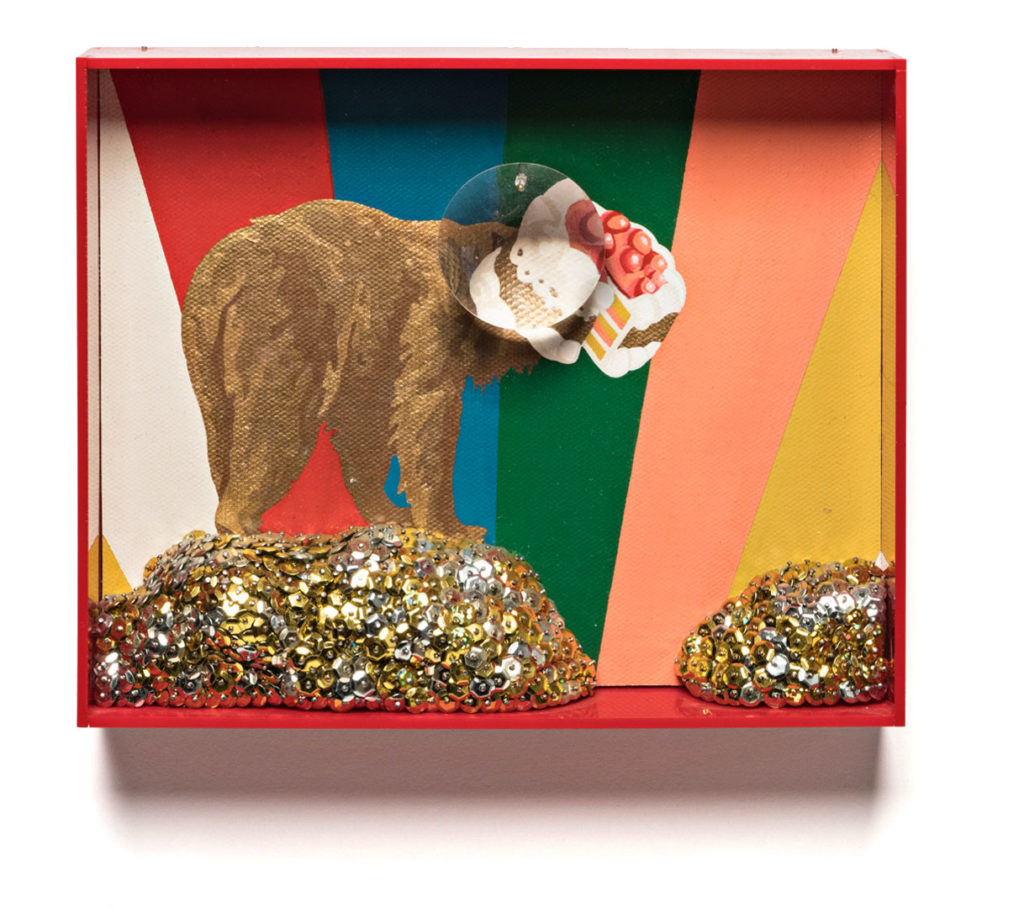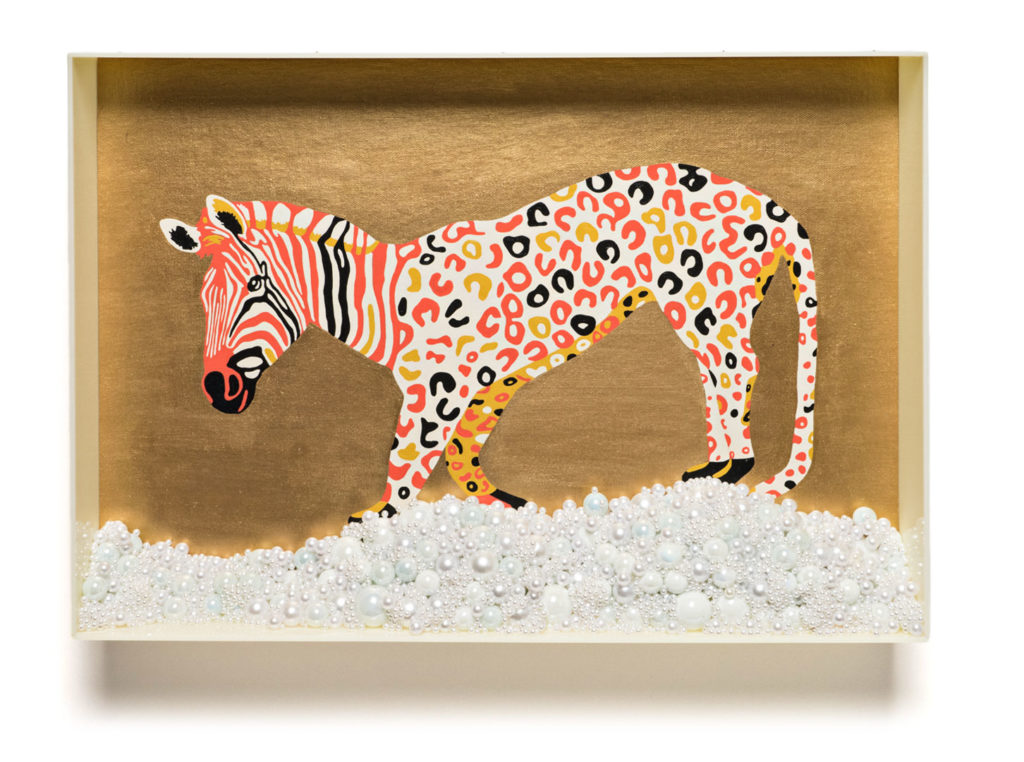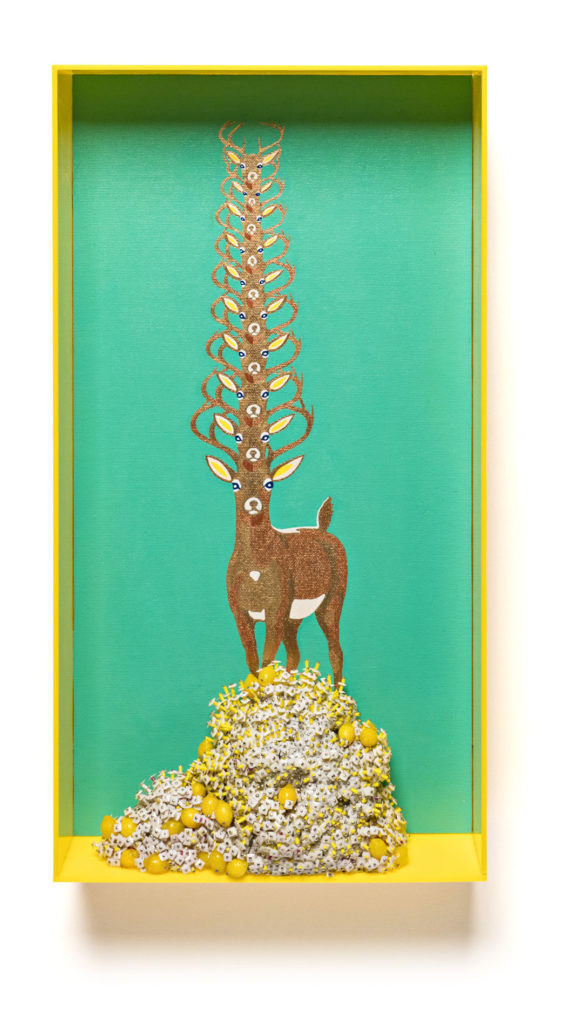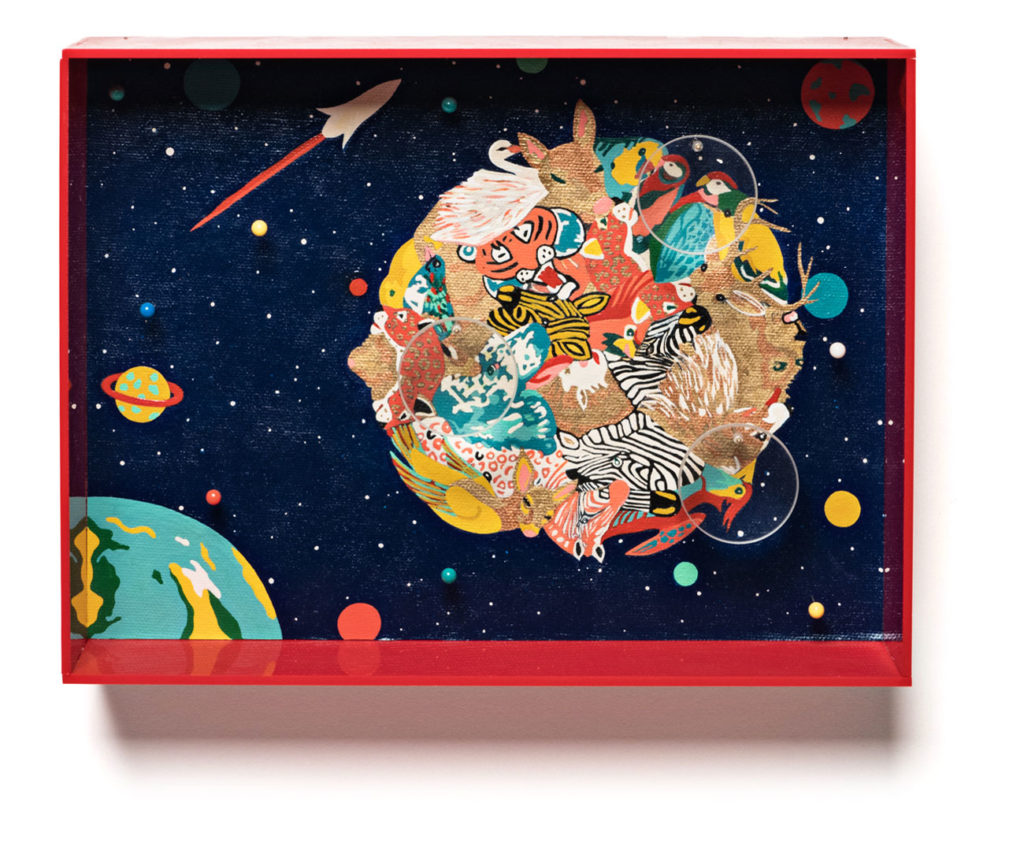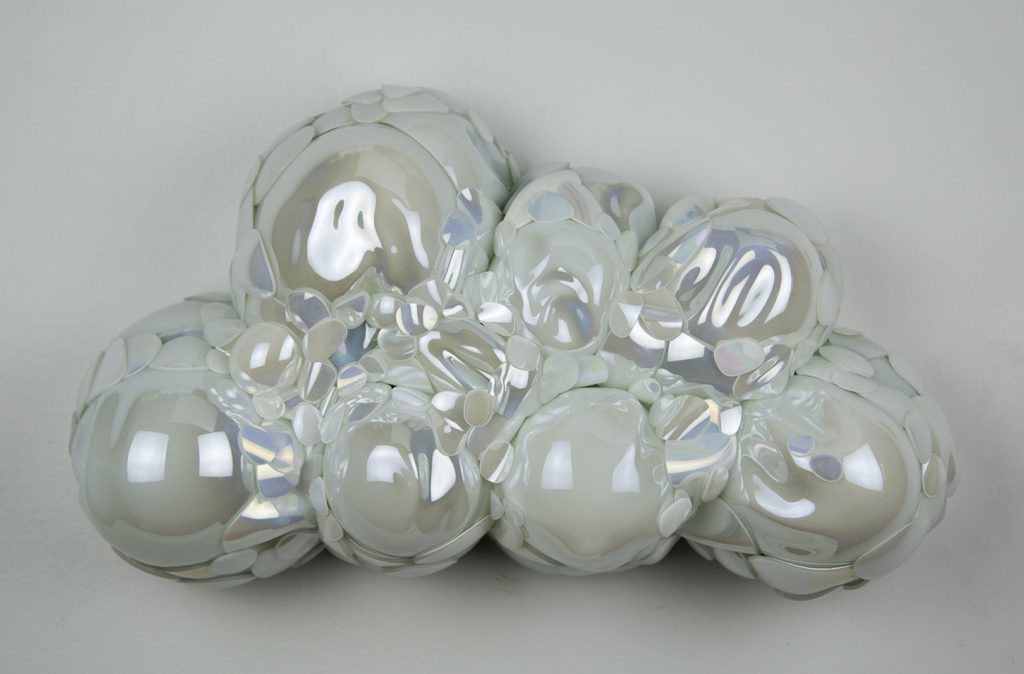Art Market San Francisco
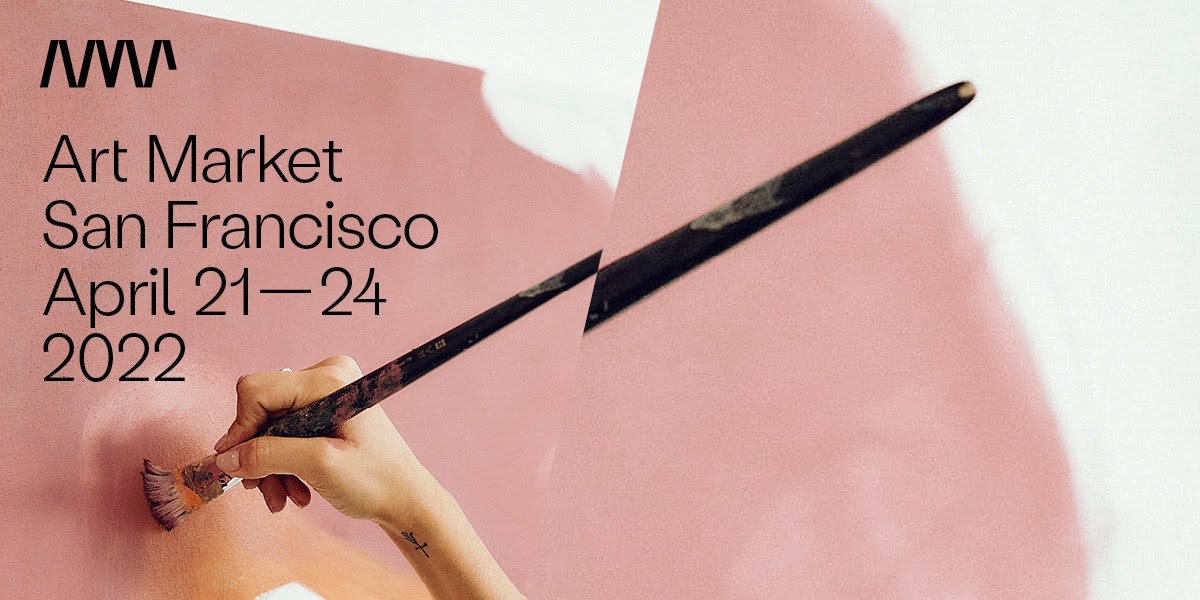
Featuring works by Jeremy Bert, Heike Brachlow, Jennifer Elek, John Kiley, Dante Marioni, and Erica Rosenfeld
April 21 – 24 / Fort Mason Center – Festival Pavilion in San Francisco, CA
Traver Gallery is happy to invite you as our guest to Art Market San Francisco, April 21 – 24 at Fort Mason Center – Festival Pavilion. Please use the following link to register for your complimentary pass. We hope you can visit us at the fair and look forward to seeing you there!
CLICK HERE to register for your entry pass
(Valid for general admission to Art Market San Francisco)
-
About
Jennifer Elek and Jeremy Bert - view profile
Jeremy Bert is a Seattle based artist working primarily with electric light, neon and manipulated reclaimed signage. Originally from Montana, an early interest in ceramics lead him to The NY State School of Art and Design at Alfred University, earning a BFA in 1994. In 1995 Jeremy moved to Seattle, WA where he has worked for over 20 years as a licensed sign electrician, certified welder, crane operator and light projects designer. Bert has taught neon workshops at Pilchuck Glass School in Stanwood WA, Urban Glass in NYC and Penland School of Craft in NC. Jeremy’s work is held in public and private collections. He has exhibited his work at MONA The Museum of Neon Art in Los Angeles CA, Jenkins Johnson Gallery San Francisco, CA & New York NY, Traver Gallery Seattle, WA, and The Museum of Glass Tacoma, WA. His work, “Transient light Graffiti” is in the permanent collection of the Children’s Museum in Pittsburgh PA.
Jeremy’s mixed media sculpture represents a strong commitment to re-usage. By re-appropriating the refuse of the sign industry Bert reclaims commercial waste and transforms it into something enriching for the community.
Jeremy and his wife, Jen Elek, maintain a studio at their home in south Seattle where they work with neon, clay and steel.
Jen Elek is a studio artist and educator based in Seattle.
Elek investigates interpersonal themes and the notion of community by creating objects and installations of colorful glass and neon light employed as a non-verbal form of communication.
Jen has been a member of the Northwest artist community since moving from Bethlehem PA to Seattle in 1995. Elek has traveled to Canada, Japan, Australia, and throughout the U.S teaching glassblowing workshops. Jen has worked for many notable artists including, Dale Chihuly, Ginny Ruffner, Nancy Callan and was a key member of Lino Tagliapietra’s glassblowing team for 15 years. Jen’s involvement in Northwest Art organizations include; Pilchuck glass school, The Museum of Glass -Tacoma, Hilltop Artists and guest lecturer at The University of Washington in Seattle. Her work has been exhibited at The Museum of Glass Tacoma, Tacoma Art Museum, Pittsburgh Glass Center and Traver gallery Seattle. Jen maintains a studio in south Seattle with husband Jeremy Bert.
-
Erica Rosenfeld
- view profile
Her own work is held in private and public collections nationally and has been featured in exhibitions at the Museum of Arts and Design, New York, NY, Kentucky Museum of Art, Louisville, KY, Racine Art Museum, Racine, WI, Museum of American Glass, Millville, NJ and the John Michael Kohler Arts Center, Sheboygan, WI. Erica has taught at Pilchuck Glass School, Urban Glass, The Corning Museum and Worchester Center for Crafts; she has been a visiting artist at Tyler School of Art, San Jose State, University of the Arts, Pratt University and University of Louisville. Her work is included in the collection of the Museum of Arts and Design and The Museum of American Glass. Erica also has been featured in various publications including The New York Times, Glass Magazine, New York Magazine and American Craft.
-
John Kiley
- view profile
American, b. 1973, Seattle, USA, based in Seattle and San Francisco, USA.
Seattle native John Kiley uses primary geometric forms as the architecture for his glass sculptures. In his spherical forms, juxtaposed colors and carved optic passageways create a separation of space, allowing the viewer to peer into and through the form. Often his sculptures are balanced on edge seeming to defy gravity. His Fractograph series takes a more conceptual approach to the material. Different methods including impact and thermal shock are used to shatter a perfectly polished optic blocks. The sometimes-powerful explosion are filmed in slow motion and exhibited along with the reconstructed blocks.
John’s work has been exhibited at galleries and museums around the world. He has been a visiting instructor at the National College of Art and Design in Dublin, Ireland, The Bezalel Academy of Art And Design in Jerusalem, Israel, The Pittsburgh Glass Center, and Pratt Fine Arts Center in Seattle, WA. He has worked and demonstrated in Finland, Ireland, Mexico, Italy, Japan, Bulgaria, China, Australia, Brazil, and Turkey.
-
Heike Brachlow
- view profile
Born and raised in Munich, Germany, Heike Brachlow received her BA in glass 2004 from the University of Wolverhampton, her MA in 2006 and PhD in 2012 from the Royal College of Art in London. She works as a self-employed artist from her studio in Cumbria, and as an educator and lecturer, teaching at the Royal College of Art in London. Her work is represented in many museum collections including the V&A (UK), the European Museum of Modern Glass (Germany), the National Museums Scotland, and the Tacoma Museum of Glass (USA). She has won the Jerwood Maker’s Open Award in 2011 and the Glass Seller’s Arts and Crafts Award at the British Glass Biennale in 2017, and her work has been exhibited in many countries including the USA, China, Japan, Korea, Australia, Italy, and Germany.
-
Dante Marioni
- view profile
Dante Marioni burst onto the international glass scene at the age of 19 with a signature style that has been described as the purest of classical forms executed in glass by an American glassblower. His amphoras, vases, and ewers are derived from Greek and Etruscan prototypes, yet they are imaginatively and sometimes whimsically reinterpreted. His impossibly elongated, sinuous shapes are made with bright and saturated contrasting colors.
Marioni’s sophisticated glass objects evoke the rich tradition of classical Mediterranean pottery and bronzes, and of Marioni’s training in centuries-old Venetian glassblowing techniques with some of the greatest masters in contemporary glass.
The son of American studio glass pioneer Paul Marioni, Dante was raised in a family of artists that includes two well-known uncles, painter Joseph Marioni and conceptual artist Tom Marioni.
Marioni first held a blowpipe at the age of nine. By the time he was 15, he was working after school at one of the first cooperative hotshops and showrooms, The Glass Eye, in Seattle Washington. Although he loved glassblowing, making production studio glass felt limiting.
“The prevailing aesthetic [in American studio glass in the 1970s] was loose and free-form” observed Marioni, “I personally had no interest in that.” Around the same time he met up with Benjamin Moore, another studio glass pioneer, and watched Moore make a perfectly symmetrical, on-center glass form inspired by Venetian glass. It had a dramatic and lasting effect on Marioni, who had not previously seen this type of glassblowing.
Moore soon became a great mentor and friend. “I worked with Benny any chance I got and still use his studio to this day to make some of my really large pieces,” Marioni says. He also studied with other well-known studio glass pioneers, such as Fritz Dreisbach and Richard Marquis, who is widely recognized for his unique interpretations of Venetian decorative techniques.
In 1983, Moore introduced Marioni to Lino Tagliapietra, the legendary maestro who traveled from Murano to teach young American glassblowers at the Pilchuck Glass School in Washington state. “I took classes with Lino throughout the 1990s, and because of him, I received a very classical education in glassblowing. I never missed an opportunity to be around him.”
At the age of 23, Dante Marioni had his first sell-out gallery show in Seattle that featured his Whopper vases. This series introduced his signature, monumental forms and two-color style, and earned him a prestigious Louis Comfort Tiffany Fellowship. After two decades of experimentation, Marioni now creates a diverse range of tall, iconic forms with surface treatments such as murrine (mosaic) and reticello (air bubbles within a net pattern) in an ever-changing array of vibrant colors.
His most recent works are sculptural vessels inspired by the leaf. “Not the leaf in nature, but the stylized forms found in the decorative arts,” Marioni notes. The new vessels are beguilingly intricate, inventive, fresh and tradition-breaking. While his earlier work was about “form, conceived and executed from a design point of view,” his newest works focus on the exploration of color and pattern.
For Dante Marioni, making objects is about the art of glassblowing rather than the creation of glass art, the process rather than the result. Marioni’s elegant works are the brilliant record of his on-going relationship with and exploration of this material.
